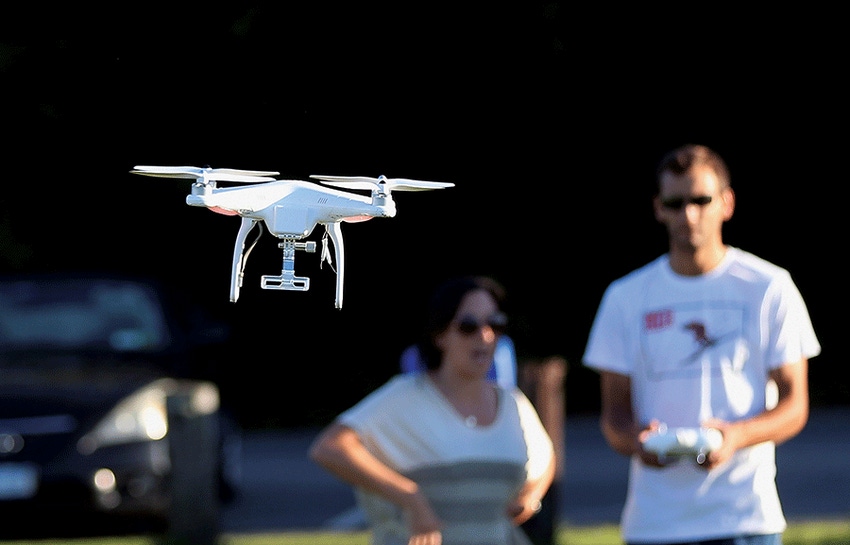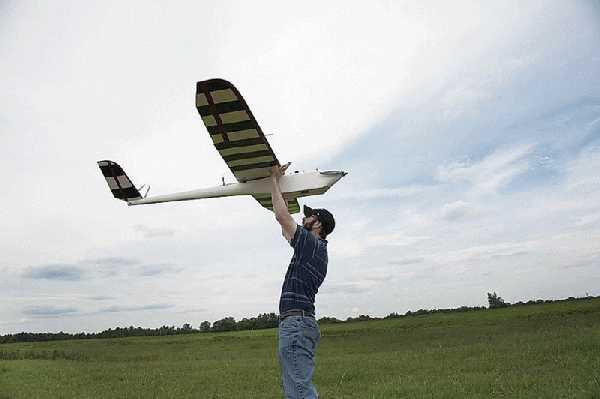
Advancements in technology come at lightning speed these days, and their adoption by agriculture tends to be equally rapid — a drastically different scenario from early day computers, when many ended up as doorstops for lack of software to make them useful for farm operations.
Expensive two-way radio systems have, for the most part, been replaced by an array of cell phones, tablets, and other communications devices. GPS and RTK have made possible auto-steer and sub-inch accuracy for planting, spraying, harvesting, and other operations. Soon, we’re told, autonomous robots will perform many of these tasks, further reducing the need for the farmer or employees to spend hours operating machinery.
One of the most interesting progressions of technology adoption by agriculture has been unmanned aerial vehicles — UAVs, or the less-preferred “drones.” In just a few years, they’ve gone from the two extremes of multi-million dollar military systems or hobbyist gadgets to a burgeoning industry that offers a myriad of models with an increasing range of capabilities. All this has been facilitated by development of more powerful processors, more sophisticated sensors, guidance systems, cameras, etc., and affordable pricing.

LEE HATHCOCK, a coordinator with the Mississippi State University Geosystems Research Institute, prepares to launch an unmanned aerial vehicle at the MSU Black Belt Experiment Station in Brooksville, Mississippi.—Photo: MSU Ag Communications/Kat Lawrence
LEE HATHCOCK, a coordinator with the Mississippi State University Geosystems Research Institute, prepares to launch an unmanned aerial vehicle at the MSU Black Belt Experiment Station in Brooksville, Mississippi.—Photo: MSU Ag Communications/Kat LawrenceSo rapid has been the proliferation of UAVs — many thousands were received as gifts this past Christmas — that the Federal Aviation Administration had to formulate new rules for their licensing and operation.
Last year, Mississippi State University was selected by the FAA to lead a consortium of 13 universities in operating a national center for research on unmanned aircraft systems, encompassing a wide range of applications, from agriculture to homeland security.
Agriculture, industry sources say, is now the No. 1 user of UAVs, followed by construction. Those who monitor the sector say this is just another step for an agriculture that is increasingly data-driven.
In an article in the MIT Technology Review (http://bit.ly/29Vmk7B), writer Michael Mazur lists six ways UAVs are revolutionizing agriculture: soil and field analysis; planting; crop spraying; crop monitoring; irrigation; and crop health assessment.
The biggest concern for adoption of UAVs in agriculture, he writes, is the type and quality of data that can be captured. “To address this, the industry will push for more sophisticated sensors and cameras” and development of systems that require minimal training and are highly automated.”
About the Author(s)
You May Also Like




